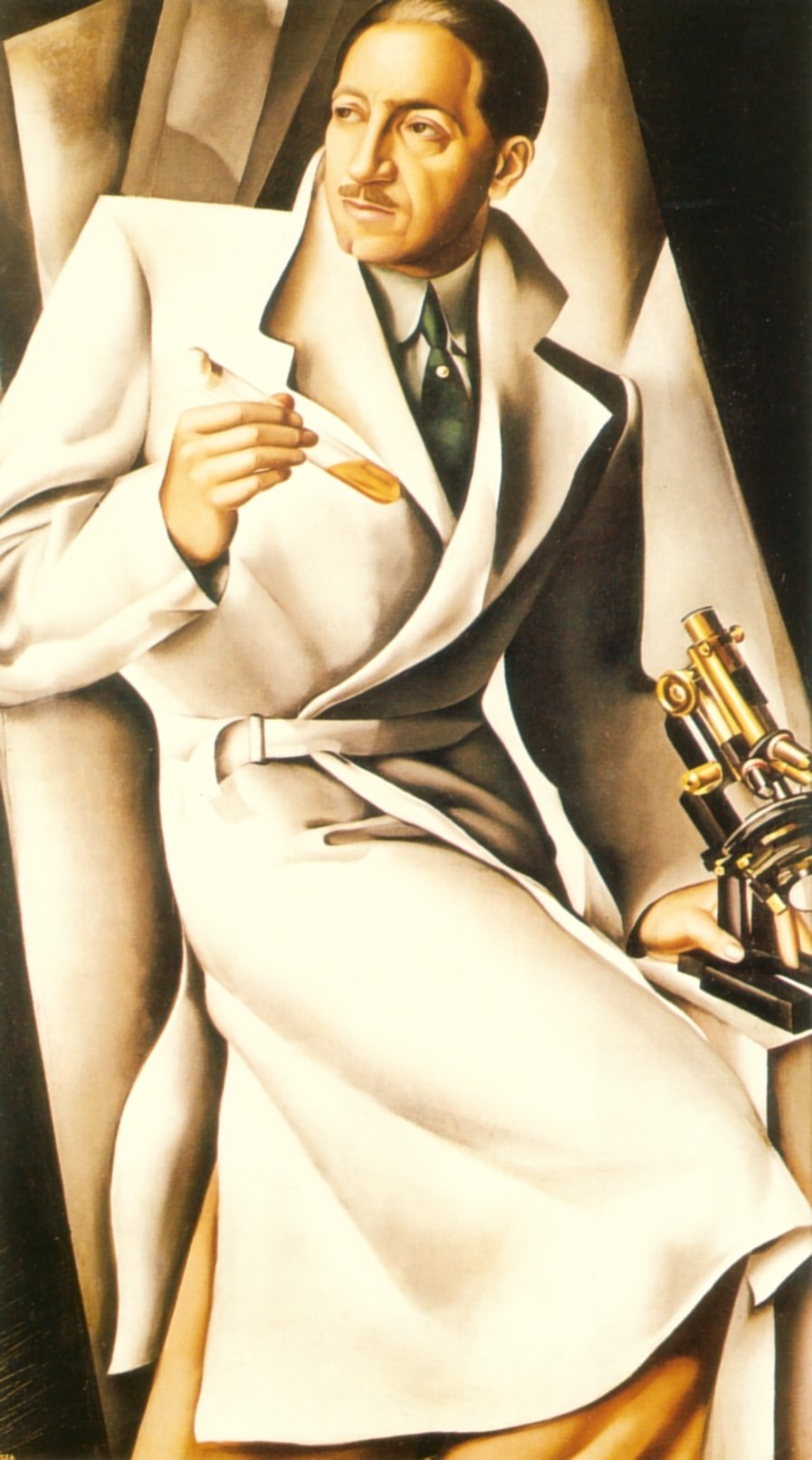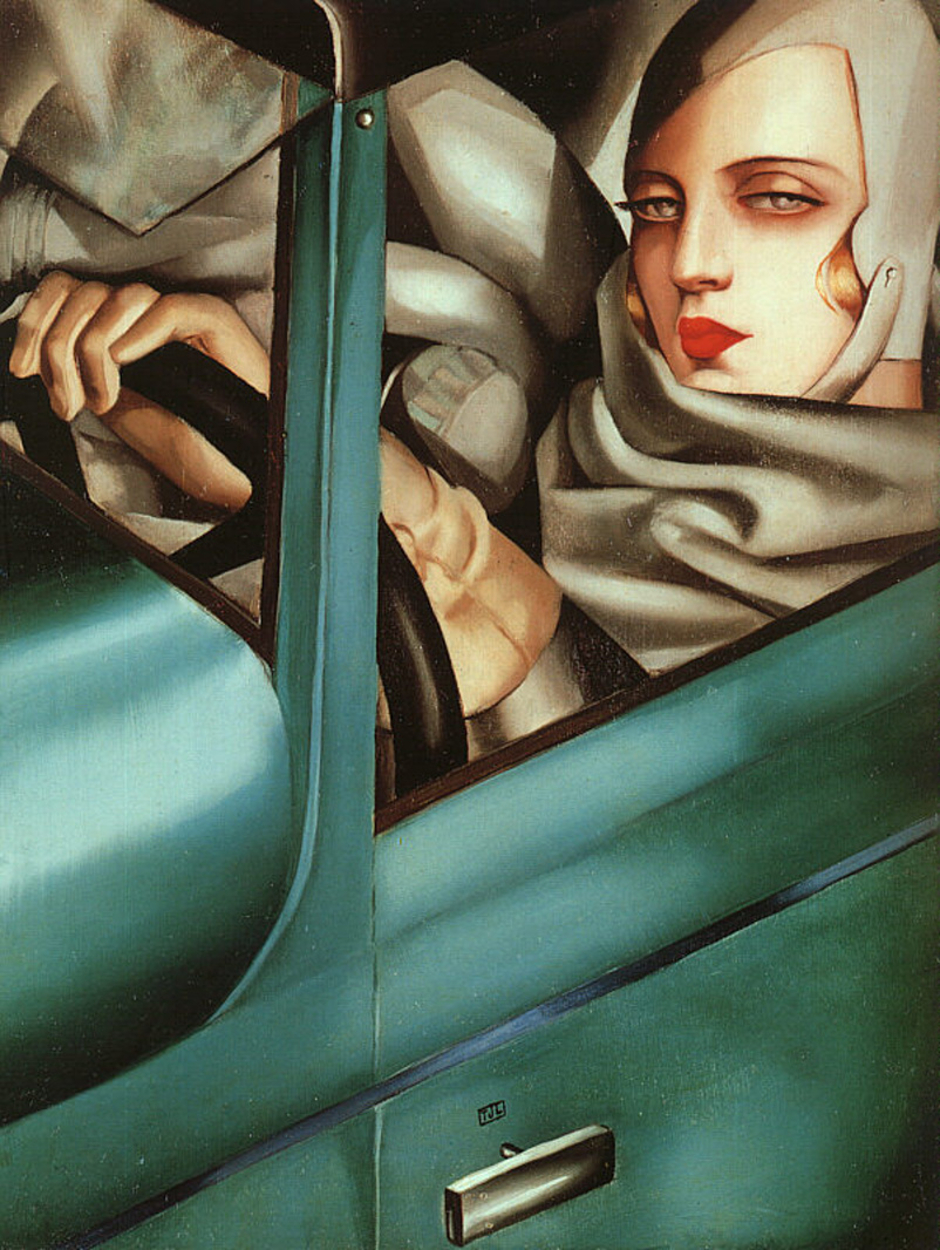



Portrait Of Dr. Boucard
oil on canvas • -
Never has a career founded on fighting diarrhoea been depicted so glamorously. Tamara de Lempicka’s portrait of Dr Pierre Boucard shows the French bacteriologist who in 1907 isolated Lactobacillus acidophilus from the human stool and developed Lacteol, an antidiarrhoeal drug still widely used in France and elsewhere. His company, Laboratoire du Lactéol du Docteur Boucard, on the outskirts of Paris, was highly profitable. Boucard’s subsequent wealth enabled him to indulge his love of art and lead a life of leisure. He was a friend of the photographer Jacques Henri Lartigue, who snapped him occasionally, sipping cocktails or driving his Rolls Royce. In the late 1920s Boucard became Lempicka’s patron, commissioning portraits of his family and taking first refusal on other work. This picture dates from 1929.
The deal transformed Lempicka’s finances. Born to a Polish-Russian aristocratic family in Warsaw in 1892 (or perhaps Moscow in 1898 or 1902—she was vague about her age and birthplace), Lempicka fled Russia with her tsarist husband after the revolution, when their luxurious lifestyle attracted the attention of the Cheka, the secret police. The couple arrived in Paris in 1918, and Tamara took painting lessons when her husband was unable to find work. By 1925 she had established herself as a renowned art deco painter. Boucard’s patronage enabled her to acquire a lavish modernist studio in glass and chrome.
Lempicka’s portrait of Boucard is subtly ambiguous. He appears elegant and sophisticated, with the suavity of a matinée idol. He is a cosmopolitan man of the world and a celebrity scientist, posing in a dynamic half turn with professional accoutrements to hand. Boucard’s dual personality is neatly suggested by his clothing, rendered in sweeping, razor sharp lines: at first glance he could be wearing a humble laboratory coat, but it is in fact a flamboyant white trench coat more suitable for a rendezvous on the Champs Elysées than for medical research. Theatrical lighting and a dramatic backdrop of abstract architectonic planes borrowed from cubism complete the picture.
 Tamara de Lempicka
Tamara de Lempicka